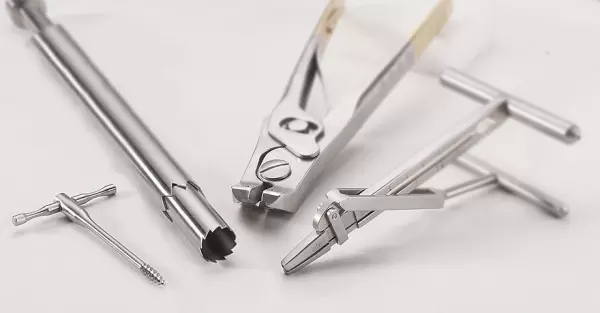
Implants and implant systems traumatology
Implants and implant systems traumatology Given the great variety of patient injuries encountered...
Portal and digital medical technology fair of the largest MedTech cluster in Germany

Implants and implant systems traumatology
Implants and implant systems traumatology Given the great variety of patient injuries encountered...
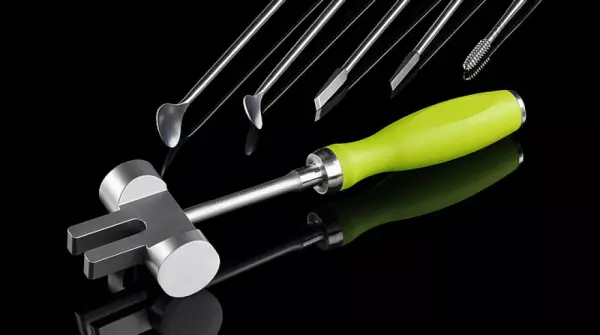
Ortho - instruments & implants
ORTHOPAEDICS Innovative solutions for every joint region (e.g. hip, knee and foot). We provide in...
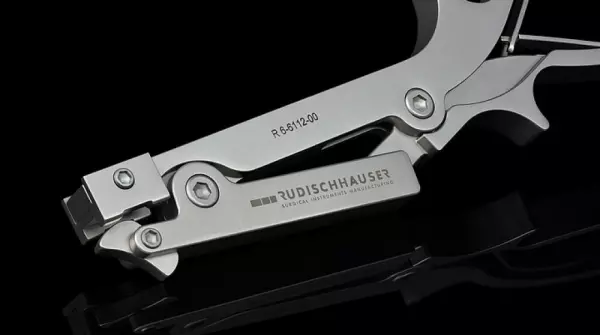
Spine - Instruments & Implants
We develop, optimise and manufacture a variety of spinal implants and instruments (e.g. pedicle scre...
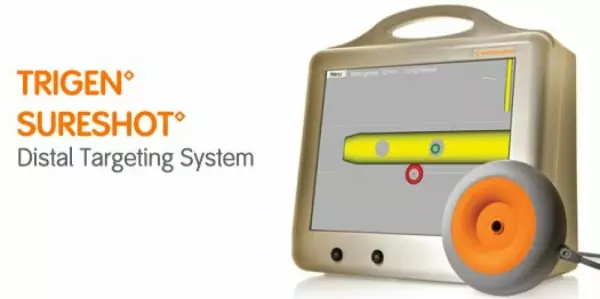
TRIGEN◊ SURESHOT◊ revolutionizes the distal...
TRIGEN◊ SURESHOT◊ revolutionizes the distal locking of intramedullary nail o...
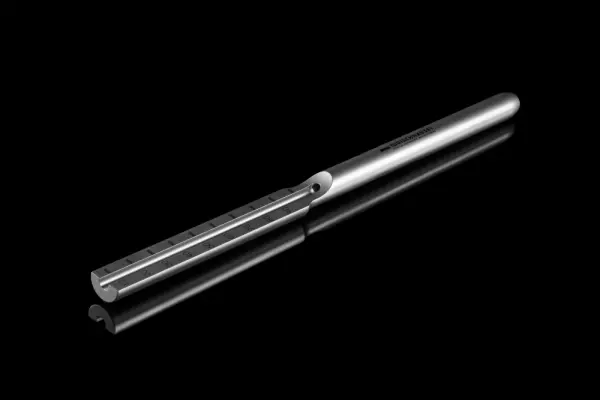
Traumatology - instruments & implants
We develop and manufacture a comprehensive portfolio for both internal and external fixation in the...
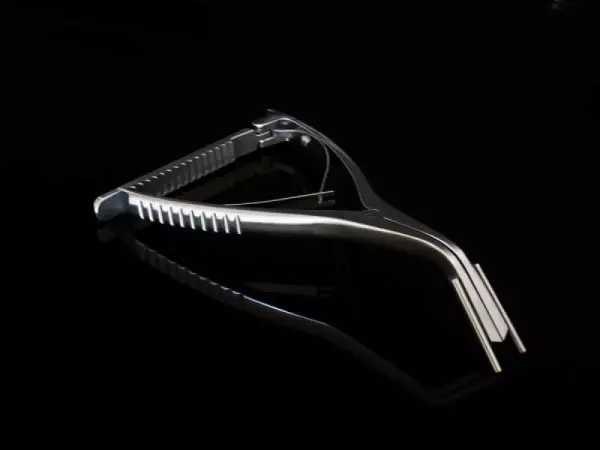
CAD construction / development of medical...
CAD construction / development of medical products CAD has supplanted the drawing board and many...
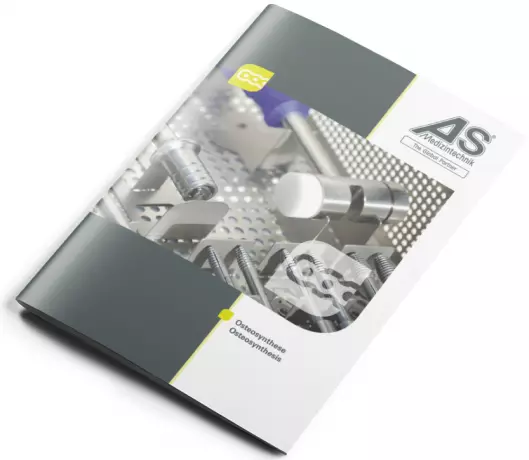
Instruments and implant systems for osteosynthesis
Plates and Screws for mini, small and large fragments are only a selection from our wide range. With...
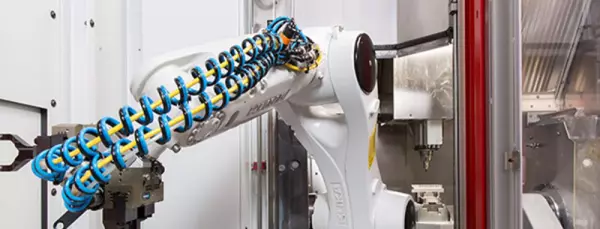
Of course, there are special requirements for implant production, especially when it comes to larg...
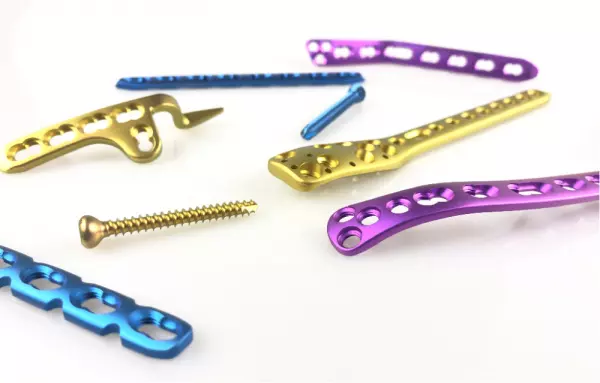
Premium-quality orthopaedic instruments and...
For use in orthopaedics,we offer premium-quality and robust instruments that meet all the deman...
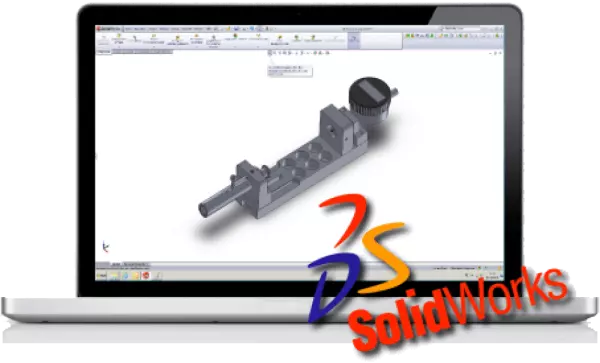
Contract manufacturing of precise turned...
Contract manufacturing of precise turned and milled parts for medical technology perame...
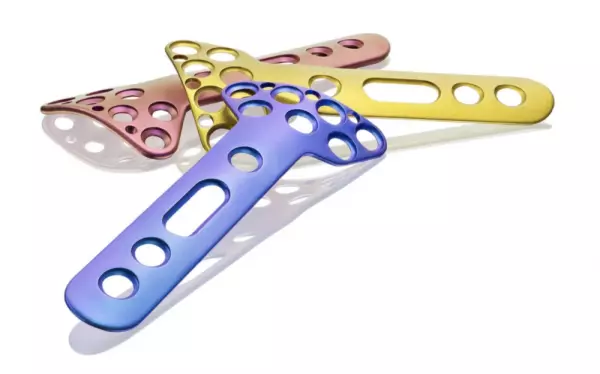
Titanium Anodising Type III color anodising...
TYP-III colour anodising - colour anodising makes the difference TYP-III colour anodising covers...

The efficiency of implant traumatology osteosynthesis is influenced by the quality of the bone and the type of bone cement used to anchor the implants. The level of the bone/implant contact area in the presence of secondary osteoporosis will be reduced, resulting in lower stability and less osseointegration. The use of polymethylmethacrylate (PMMA) and tricalcium phosphate (TCP) bone cements is the most commonly used in osteosynthesis procedures. However, both of these materials present two major drawbacks: they cannot provide adequate osseointegration and they can cause further deterioration of the implants.
The XS nail system is a viable alternative to the AO tension band. The XS nails provide superior fixation of fracture fragments and less deformation under physiological loading. These characteristics will lead to faster recovery and better long-term results. In general, plate osteosynthesis has been the "gold standard" treatment for fractures. Although the technique involves considerable pain and risk, the rate of complications was low, with only a 2.3% rate of infection and 10.8% operative revisions.
Altimed implants are another option for osteosynthesis. They are specifically intended to treat various types of fractures, including periarticular fractures and pseudoarthrosis. The goal of the procedure is to achieve firm integration of bone tissues with minimal soft tissue damage. The XS nails can be placed with minimal soft tissue damage, making them ideal for patients with poor bone and soft tissue healing. These implants are also used to repair broken bones and to replace limbs with traumatic injuries.
There are many benefits to implant traumatology osteosynthesis. There are two main risks: failure to achieve fixation and implant migration. Both can increase the risk of complications and complication. A recent study performed by Ito et al. showed that osteoporotic fractures have a higher risk of malunion. Moreover, these implants are not a permanent solution, but will require a reoperation and prolonged recovery.
A new type of implant traumatology osteosynthesis is using an intramedullary cannulated XS nail. This osteosynthesis technique is designed to achieve uniform compression of fracture surfaces. By locking the 4.5 mm long nail with threaded 2.4 mm wires, improved fixation can be achieved. This new form of implant traumatology is also safe for the soft tissues. Surgical methods for these fractures have a lower risk of complications.
The new techniques are not only effective but they are also efficient. AxSOS can restore mobility in severely broken fingers and is a viable solution for many cases of hand trauma. AxSOS is an alternative treatment for fractures resulting from internal and external rotator cuffs. The new implant can be used in a variety of ways. The mIPO plate has been used in numerous clinical trials to reduce fractures.
Become a digital exhibitor yourself in the online portal of the largest and best-known MedTech cluster region in Germany and inform the world of medical technology about your products and services as well as about news, events and career opportunities.
With an attractive online profile, we will help you to present yourself professionally on our portal as well as on Google and on social media.